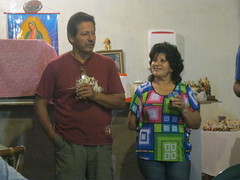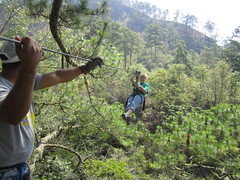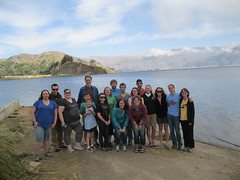Beijing and The Great Wall
China has been wonderful so far! We've seen and experienced so many things already that it feels like we've been here much longer than we have. We visited an art district in Beijing. This is basically a small town inhabited only by artists and their studios. There is something to be said about an intentional … Continue Reading ››


